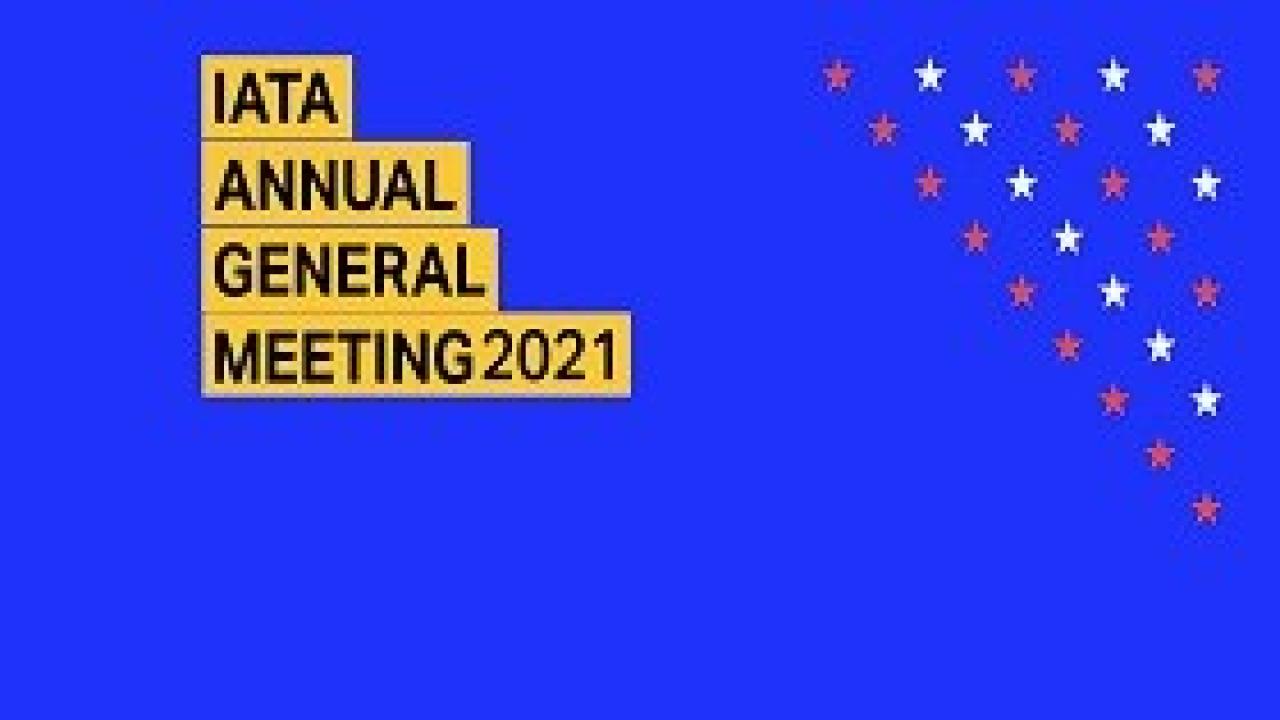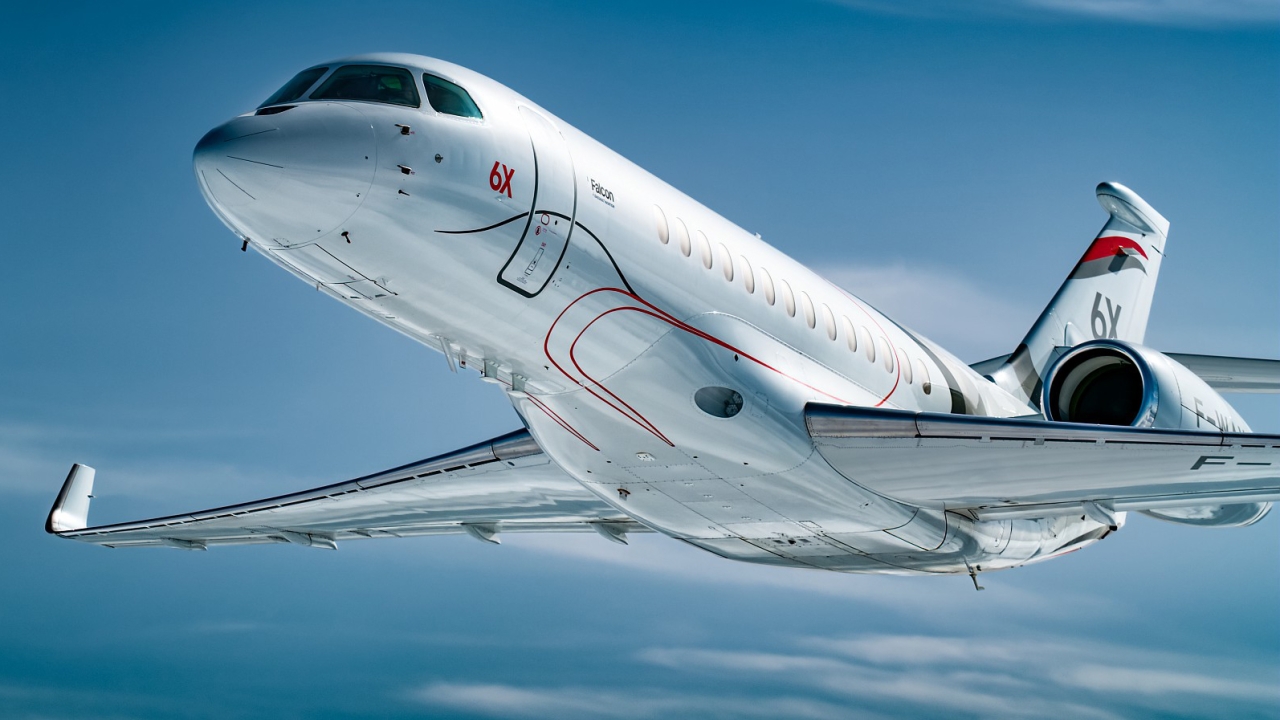IATA: Infrastructure costs increasing $2.3 Billion in a crisis

Confirmed airport and ANSP charges increases have already reached $2.3 billion. Further increases could be ten fold this number if proposals already tabled by airports and ANSPs are granted.
“A $2.3 billion charges increase during this crisis is outrageous. We all want to put COVID-19 behind us. But placing the financial burden of a crisis of apocalyptic proportions on the backs of your customers, just because you can, is a commercial strategy that only a monopoly could dream up. At an absolute minimum, cost reduction—not charges increases—must be top of the agenda for every airport and ANSP. It is for their customer airlines,” said Willie Walsh, IATA’s Director General.
A case in point is found among European air navigation service providers. Collectively, ANSPs of the 29 Eurocontrol states, the majority of which are state owned, are looking to recoup almost $9.3 billion (€8 billion) from airlines to cover revenues not realized in 2020/2021.They want to do this to recover the revenue and profits they missed when airlines were unable to fly during the pandemic. Moreover, they want to do this in addition to a 40% increase planned for 2022 alone.
“Today I am ringing the alarm. This must stop if the industry is to have a fair opportunity at recovery. Infrastructure shareholders, governmental or private, have benefited from stable returns pre-crisis. They must now play their part in the recovery. It is unacceptable behavior to benefit from your customers during good times and stick it to them in bad times. Doing so has broad implications. Air transport is critical to support economic recovery post pandemic. We should not compromise the recovery with the irresponsibility and greed of some of our partners who have not addressed costs or tapped their shareholders for support,” said Walsh.
Some regulators have already understood the danger being posed by the behavior of infrastructure providers. Regulators in India and Spain successfully intervened on the increases proposed by airports. They provide an example for other regulators to follow. And the Australian Competition & Consumer Commission[1] warned in their recently published report that increasing charges to recover lost profits from the pandemic will demonstrate airports systematically taking advantage of their market power, damaging the vulnerable airline sector’s ability to recover at the expense of both consumers and the economy.
Airlines undertook drastic cost cutting from the outset of the pandemic, reducing operating costs by 35% compared to pre-crisis levels. This was supported by increased commercial borrowing and shareholder contributions. Airlines also sought government aid, the majority of which was in the form of loans that need to be paid back. Of the $243 billion that was made available to airlines, $81 billion supported payrolls and approximately $110 billion was in support that needs to be paid back. As a result, airlines have amassed a huge debt burden of over $650 billion. Any defaults could result in airline failures and the loss of tens of thousands of jobs.
IATA urged airports and ANSPs to apply solutions to address the financial impact of the pandemic including:
Implementing sustainable cost control measures
Tapping shareholders
Accessing capital markets
Seeking government aid
Stay up to date
Subscribe to the free Times Aerospace newsletter and receive the latest content every week. We'll never share your email address.

